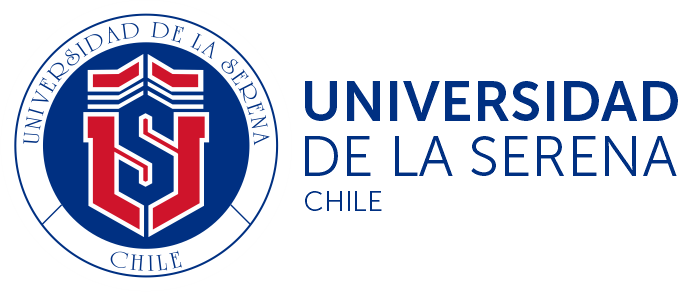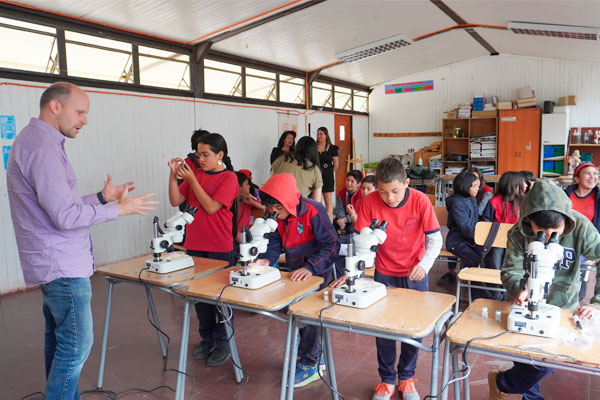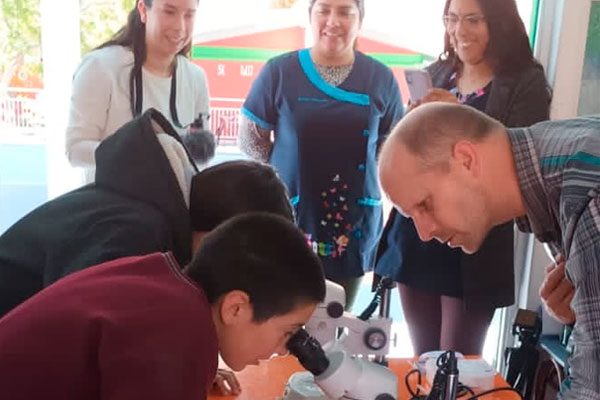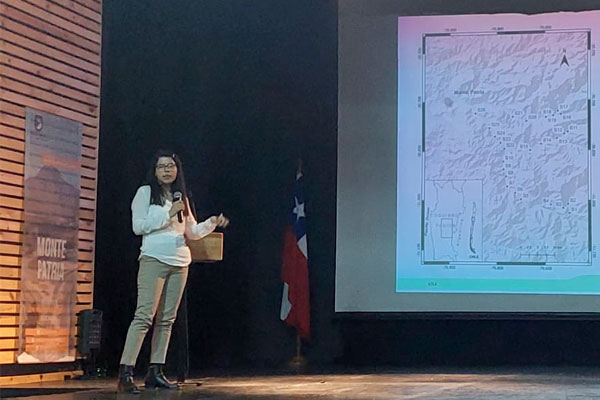- News
Research reveals that pesticide contamination in fresh water generates chemical changes in the DNA of Limarí insects
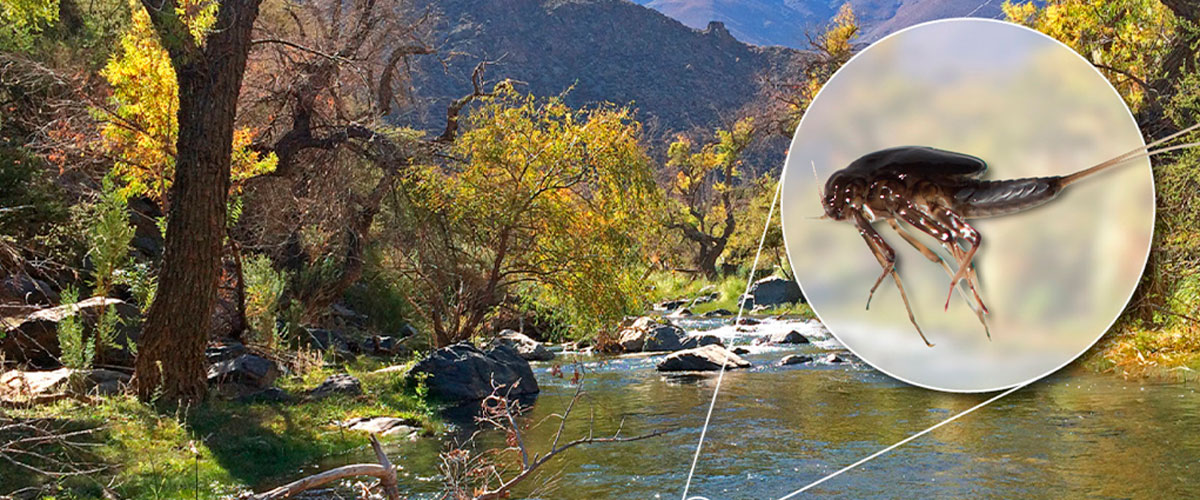
The study provided findings on the effects and threats of agrochemical contamination on the biodiversity of the province's freshwater ecosystems.
The Limarí basin is known for having important agricultural activity and this has led to the use of products such as fertilizers and pesticides. Faced with this scenario, a recent investigation, led by academics from the University of La Serena, evaluated the degree of contamination by some agrochemicals in the fresh waters of the area and the possible effects of the genetic activity of its fauna.
The scientists' work demonstrated that there are insects that react from an epigenetic point of view to the presence of contaminating products such as pesticides. This means that a chemical modification of your DNA occurs, as a direct effect of the actions of agrochemicals, which does not mean that your genetic information is modified.
This is the case of the species Andesiops torrens, an aquatic larva that lives in the water of rivers and freshwater tributaries that later transforms into an insect that lives in the terrestrial environment. This small endemic has a high sensitivity to the quality and flow of the water and the study showed that it also to the presence of agrochemicals.
In this regard, Dr. Nicolas Gouin, academic at the University of La Serena and researcher in Molecular Ecology, commented that “within populations there is genetic and epigenetic variation between individuals. This variation can change due to different factors such as the environmental condition, stress, temperature, among others. However, what we show is that pesticides affect these organisms in this basin, and could favor certain alleles and changes in the methylation level of functional genes within the insect populations that are exposed to them."
Regarding the impacts of the effects detected on a larger scale, the academic pointed out that they could affect other aquatic species and at a certain level other organisms higher in the food chain, such as fish or birds that feed on said insect. However, it is something that still remains to be evaluated.
“We are studying this organism as a bioindicator to see the state of the environment in which we operate. I believe that the health of an ecosystem indicates a lot about the impacts of the activities we carry out, and the effects they can have on human beings and other organisms,” the academic emphasized.
For the work, the team analyzed 285 specimens of the species Andesiops torrens, which were collected in 30 different study sites throughout the upper part of the basin, above the town of Monte Patria. Among the numerous genetic markers analyzed throughout the species' genome, six showed significant differences in their methylation levels between populations exposed and not exposed to pesticides.
Scientific explanation
DNA methylation corresponds to a change that is called epigenetic since it does not imply a change in the DNA sequence. This process can be induced by environmental factors and contributes to the modulation of gene expression.
In studies of natural populations, there are a multitude of environmental factors that could also produce changes in DNA methylation levels. However, in these six markers, the effect of the presence of pesticides on methylation levels was always positive (increased methylation level), independent and stronger than the effects detected by other spatial or environmental factors. This confirms that pesticides do influence the differences in the methylation levels of these markers, and then suggests that these epigenetic responses participate in the mechanisms of resistance to pesticides in this species.
It is not yet known whether the observed epigenetic responses could be attributed to a process of adaptation of the insect to pollution. However, in a previous study in the same study area published in 2019, the same group of researchers identified markers located within genes participating in cuticular functions whose genetic variation was associated with the presence of pesticides in the water, suggesting the occurrence of adaptive processes of resistance to pesticides in Andesiops torrens that could involve the cuticle.
Scientists from the University of Idaho in the United States, and Dr. Ana-Maria Notte from the PhD in Applied Biology and Ecology, participated in this research.
To date, scientific studies on the impact of agrochemical contamination on aquatic biota remain scarce in Chile. However, in Gouin's opinion, evidence of anthropogenic impacts on freshwater ecosystems is beginning to be found. For this reason, scientists in the present work are currently extending their research in populations of Andesiops torrens of the Choapa, Aconcagua, Maipo and Cachapoal basins.
Work with the community
Within the framework of the research project Fondecyt 1211346, academics and postgraduate students from the University of La Serena detailed the important findings on the diversity of birds in riverine areas and the presence of pesticides in the environment.
With the aim of raising awareness in the community about the importance of caring for the environment, rivers and their biodiversity, and informing about the contamination of rivers by pesticides, academics and students from the University of La Serena came to the commune of Monte Patria .
Dr. Nicolas Gouin, academic at the Multidisciplinary Research and Postgraduate Institute of the ULS; Adriana Lozada and Mariángeles Petit from the PhD in Arid Zone Ecology; With the support of students and technicians from the Integrative Ecology Laboratory of the Department of Biology of the ULS and the Municipality of Monte Patria, they invited the participation of students and citizens to the different talks held over four days.
For Dr. Gouin, the activity sought to show the results of interest for the territory. “We communicated with the Environmental Directorate of the Municipality of Monte Patria to generate a series of talks with schools and citizens. The experience was very good, we included students from our research group. The enthusiasm was very high. With the children in the schools it was very entertaining and rewarding, they have a very good knowledge of their environment and the local fauna, they are curious and actively participated in the activities, which we hope to repeat in the future."
Pedagogical activities were developed at the Wenceslao Vargas Basic School (Rapel Sector), Santa Bernadita School (Pedregal sector in Caren), Border Concentration School (Tulahuen Sector) for students; and outreach talks at the neighborhood councils of the Rapel, Pedregal and Carén sectors, focused on citizens. Additionally, the municipality of Monte Patria held the Seminar “Water, Science and Tourism, Towards the conservation of the natural heritage of Monte Patria”, at the Monte Patria Huayquilonko Cultural Center, during which Dr. Gouin, Dr. Lozada and the PhD student Mariangeles Petit presented results of their research.
